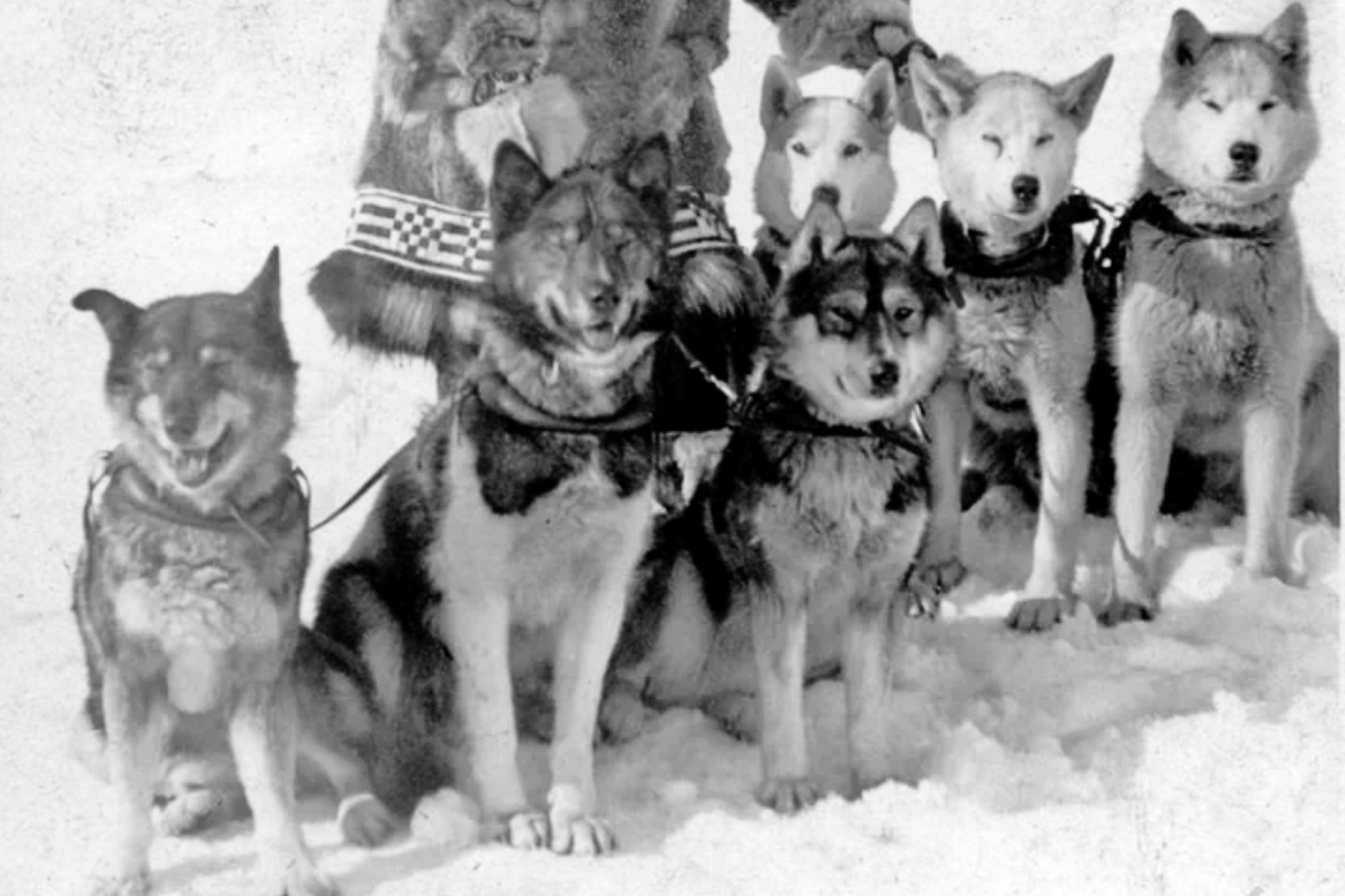
Welcome to Edition #46 of Did You Know? (DYK), the weekly newsletter by Gorick Ng, Harvard career adviser and Wall Street Journal Bestselling Author of The Unspoken Rules, where we deconstruct the untold story of how someone (or something) became successful—and what you can do to follow in their footsteps.
Sign up now to receive weekly career strategies!
Did You Know? Pick your team wisely.
(1) A story from the past
Did you know? Assembling a winning sled dog team requires picking the right dog to do the right job.
It’s 1925. Diptheria, a fatal bacteria infection, broke out in the isolated rural town of Nome, Alaska, USA. The estimated mortality rate of the region’s 10,000 people was 100%.
Their only hope? A diphtheria antitoxin—which was located 1,000 miles away in Anchorage, Alaska.
Options were limited: Air delivery would take over a week and the Alaskan Railroad didn’t reach Nome. So, Nome’s governing officials decided that the first leg of the serum’s journey would take place by train. The second leg would be run by dogs: sled dogs.
20 sled dog drivers and 150 dogs took part in what became known as the “Great Race of Mercy.” Stationed at checkpoints across 674 miles of icy tundra, one sled team would carry the life-saving serum before passing it off to the next, like a “pharmaceutical relay.”
But, not every dog can be a sled dog. The criteria? Dogs that have a “healthy appetite” (which keeps them eating on a long wintery trail), a furry coat (which helps keep them warm in cold climates), and, moreover, the ability to perform a specific function on the team.
At the back of an 8-dog formation are “Wheel Dogs”, selected for size and strength, who help pull and turn the sled.
In the middle are “Team Dogs” and “Swing Dogs”, selected for their “horsepower” and their desire to follow a leader, which helps keep the sled on course.
At the front are “Lead Dogs”, selected for their ability to listen to the cues of the driver, set the pace, and keep the sled on track.

Most of the dogs chosen for the “Great Race of Mercy” were veteran sled dogs who knew their job and did it well (like a dog named Togo). But even unproven dogs had a chance to shine: one 3-year-old sled dog with no prior accomplishments, Balto, was the Lead Dog who crossed the finish line into Nome. By the end of the five-and-a-half-day journey, all 674 miles were covered and the serum was safely delivered to the residents of Nome, Alaska.
So, the next time you’re thinking about joining or building a team, remember the sled dogs who saved the small town in Alaska—and who were successful not only because they were individually high-performing (or given the chance to show their potential!), but also because they were put into the right roles.

(2) A strategy for your future
Did you know? A great team isn’t just made up of strong individuals. It’s made up of people (or dogs!) with varying, complementary strengths.
What a dog sled team shows is you need more than just high-performing individuals to build a high-performing team. You need to make sure that people are playing to their strengths (a topic I introduced via my story on Star Wars). You also need to make sure that each individual’s strengths build up to an even stronger whole.
Building a soccer team? You need people who can play offense and people who can play defense… and so much more.
Building a film crew? You need a good cast, yes, but you also need people who are good with the camera, good with the sound… and so much more.
Leading a team, whether it’s for a project at school or a project at work? Ask yourself:
(1) Is every task done by the best possible person?
(2) Is every person doing the most suitable task?
Both questions seem similar, but they’re actually subtly different.
Question 1 is all about having a job… and then finding the best person to do that job.
Question 2 is all about having a person… and then finding the best job for this person to do.
If you’re building a new team, question 1 is key. Otherwise, you risk ending up with a “B team” when you could have had an “A team.”
If you’re leading an existing team, question 2 is key. Otherwise, you risk ending up having “A people” doing “B work.”
I know it because I’ve experienced it: Group projects in business school were always a hot mess. I was puzzled: How could a program that’s supposed to churn out future leaders end up with such disorganized teams?
Then a classmate noted: “Everyone is so focused on exercising their leadership skills that no one is exercising their followership skills.”
I still think about this friend’s observant words today: A team falls apart when everyone is talking and no one is working. That’s not to say that the opposite works, though: A team also falls apart when everyone is working but no one is talking.
Pick your role wisely!
Gorick


